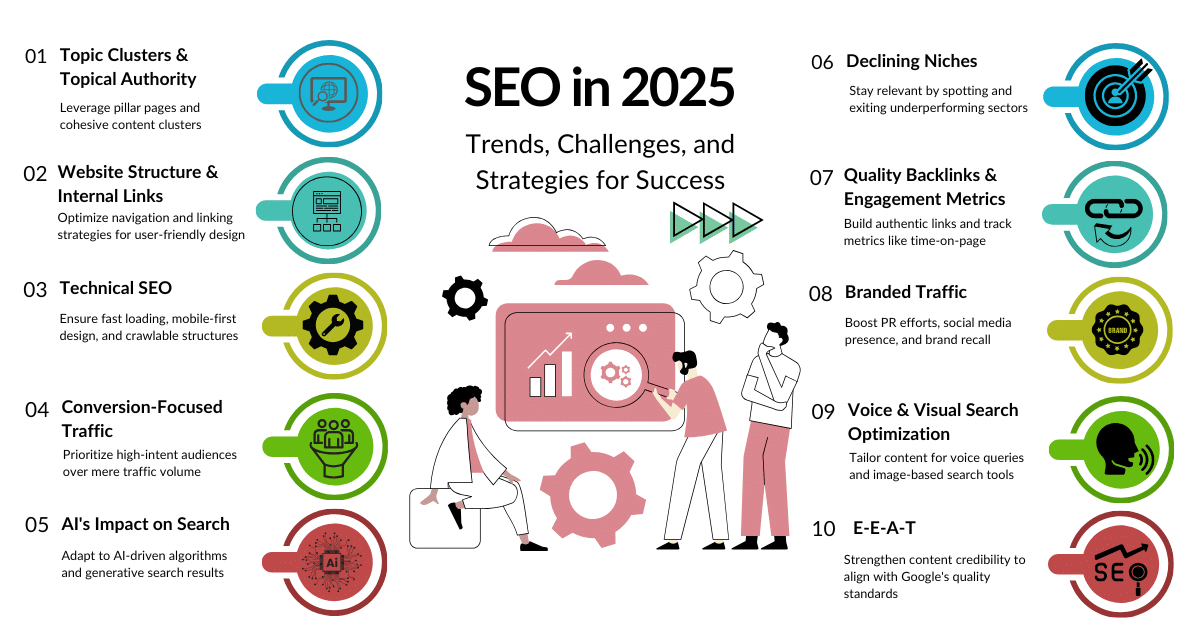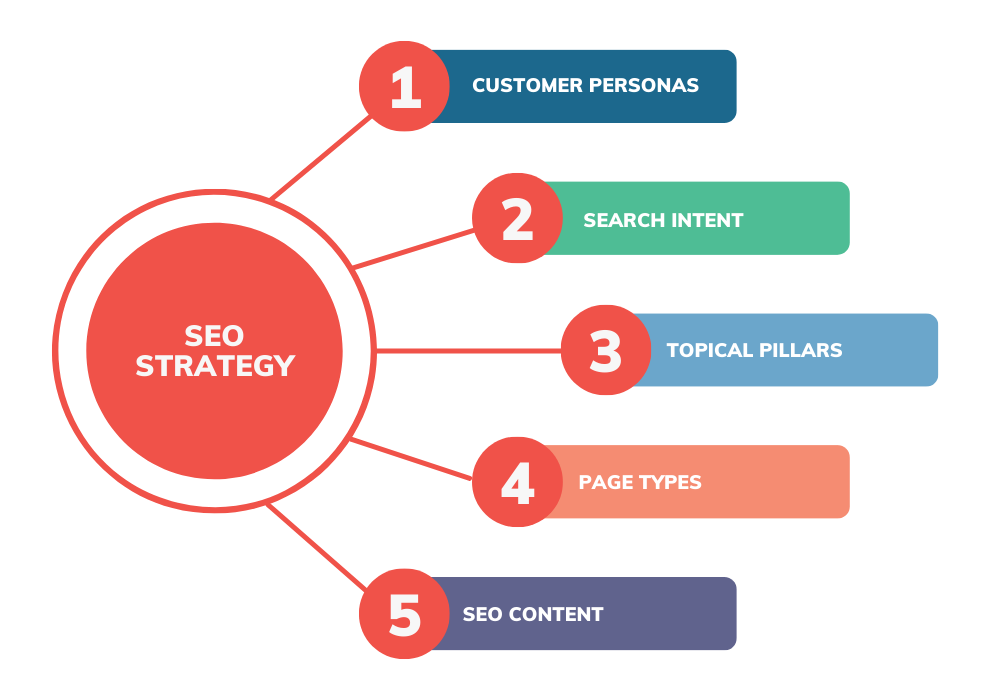SEO, or search engine optimization, is a technique by which your website can rank well on Google, Bing, or other search engines. The main purpose of SEO is to increase organic (i.e., without advertising) visitors.
Why is it important for SEO?
- Increases the amount of traffic on the website
- It enhances the value and credibility of the brand.
- Reduces the cost of advertising
- The most effective digital marketing strategy
The main types of SEO
1. On-Page SEO
All actions within the website influence the ranking.
- The right keyword research
- Ensure the meta title and description are accurate.
- Use of heading tags (H1, H2, H3)
- Image ALT Tag
- User-friendly URL (example: /best-seo-tools)
2. Off-Page SEO
External promotion and link building are activities that enhance the website’s visibility.
- Create Backlinks
- Guest Post
- Social sharing
- Brand Mentions
3. Technical SEO
Technical aspects of the site:
- The website’s loading speed
- Mobile responsive design
- XML Sitemap
- Robots.txt
- SSL Certificate
This is the optimal SEO strategy for the year 2025.
1. Content tailored to the user’s needs
Google understands the user. So, what do users want? Users seek content that caters to their specific needs.
2. Follow EEAT.
EEAT = Experience, Expertise, Authoritativeness, Trustworthiness
Google has made EEAT a big factor in the ranking in 2025.
3. Use LSI and Semantically Related Keywords
Incorporate naturally related words to the main keyword within the content.
For example, you can use “Digital Marketing” alongside related terms like “Online Marketing” and “Internet Marketing.”
4. Google Snippets and FAQs
Using structured data, you can show your content in featured snippets, FAQs, reviews, etc.
5. Create Topical Authority
Develop a topic cluster focused on a specific subject.
- Main Content → Topical Guide
- Supporting content → Minor subtopics
The most effective tools for SEO
ToolWork Google Search Console: Monitor the performance of your website. Ahrefs/Semrush Backlinks and Keyword Analysis Ubersuggest Free keyword research The Rank Math/Yoast SEO plugin for WordPress PageSpeed Insights Speed Checker
How to write SEO-friendly content?
- Use the original keyword in the H1 tag at the beginning.
- Use H2 and H3 in subtitles.
- Keep the keyword density within 2%.
- Write detailed, informative content of 1200+ words.
- Provide an internal link.
- Mention a reliable source.
- Call to action (CTA) on the last line
- Consider the meta title and meta description.




